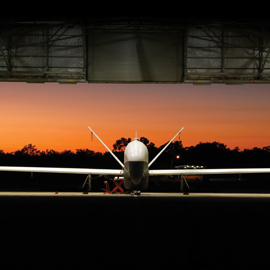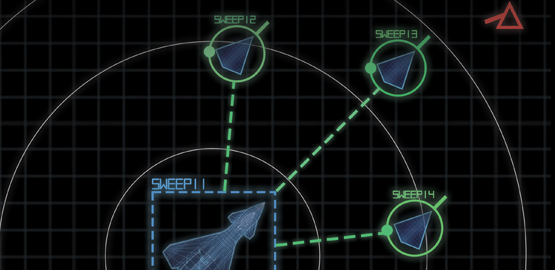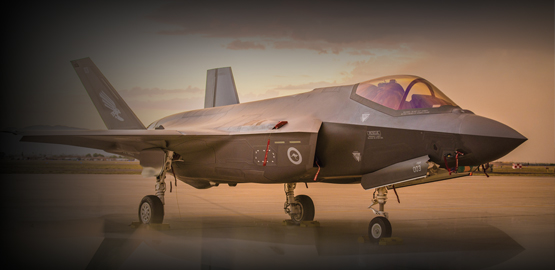Publications
"Nobody does defense policy better than CSBA. Their work on strategic and budgetary topics manages to combine first-rate quality and in-depth research with timeliness and accessibility—which is why so many professionals consider their products indispensable." – Gideon Rose, Editor of Foreign Affairs, 2010-2021
Rethinking Armageddon
The First Nuclear Age was characterized by the Cold War era bipolar international system and a corresponding bipolar nuclear competition between the United States and the Soviet Union. While a few other states, such as Great Britain and France, also possessed nuclear arms, their arsenals were very small compared to those of the two superpowers.
A Vision of Future Aerial Combat
CSBA's historical analysis of air-to-air combat, detailed in the 2015 report titled Trends in Air-to-Air Combat: Implications for Future Air Superiority by Dr. John Stillion, assessed how advances in sensor, weapons, and communication technologies have changed air combat.
The Future of Warfare
In his testimony before the Senate Armed Forces Committee, Bryan Clark argues that after almost three decades of military dominance following the fall of the Soviet Union, the United States is facing an era of increased competition.
What it Takes to Win: Succeeding in 21st Century Battle Network Competitions
Success or failure in war is often measured in terms of territory gained and losses imposed on the enemy. These metrics, however, may not reflect what is really most useful in winning a war or a military competition.
The Role of Surface Forces in Presence, Deterrence, and Warfighting
In this testimony before the House Armed Services Subcommittee on Seapower and Projection Forces, Bryan Clark argues that the Navy needs a new approach to surface warfare in light of new security challenges. Today's security environment is not as benign or stable as it was 15 years ago, when the Navy planned a "network-centric" approach to surface warfare supported by a family of new ships.
Trends in Air-to-Air Combat: Implications for Future Air Superiority
In this study, Dr. John Stillion conducts a historical analysis of air-to-air combat, drawing on a database of over 1,450 air-to-air victories from multiple conflicts from 1965 to the present. Using this data, Stillion assesses how advances in sensor, weapons, and communication technologies have changed air combat and the implications of these trends for future combat aircraft designs and operational concepts.



























